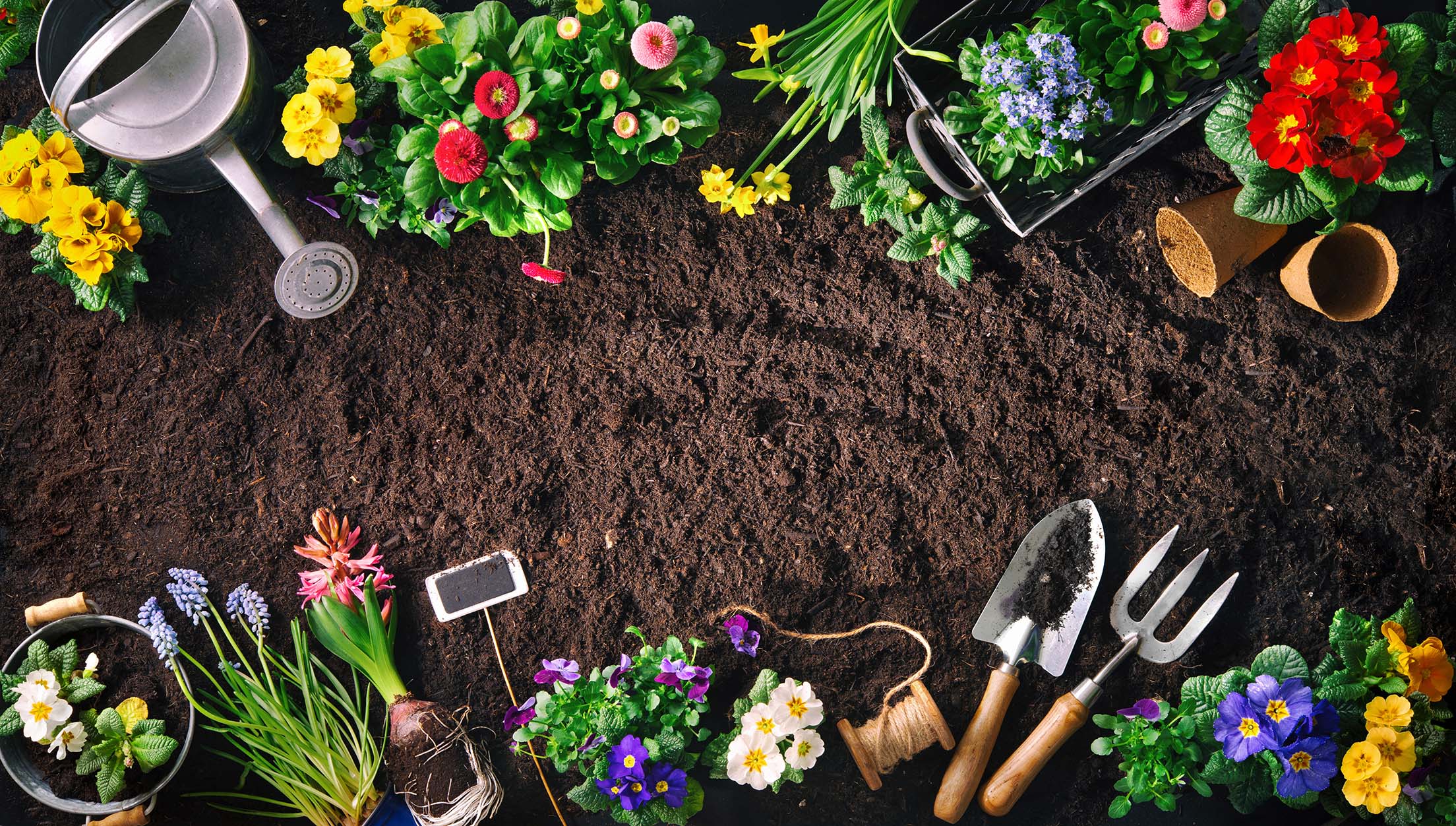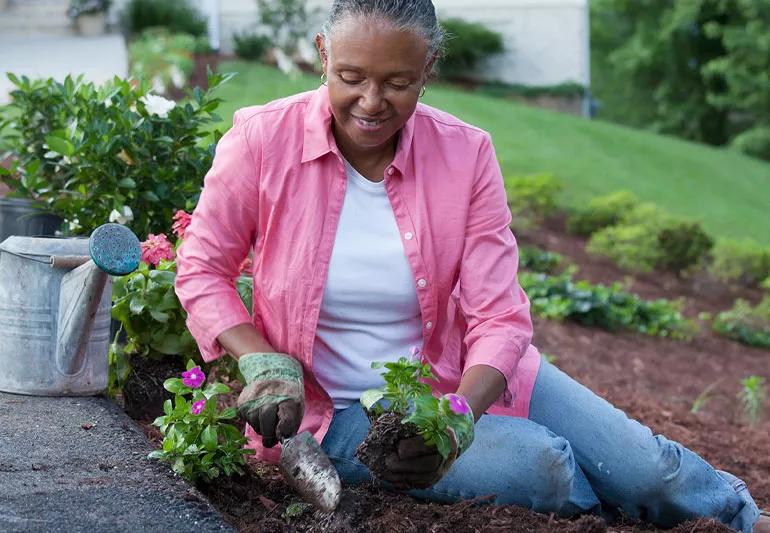Expert Gardening Tips for Producing a Sustainable and Eco-Friendly Garden
Beginning on the trip to produce a environmentally friendly and lasting garden includes a series of intentional selections and methods that not just enhance the appeal of your space however likewise contribute positively to the atmosphere. To reveal even more skilled understandings and useful methods, allow us explore the crucial components that define an ecologically aware yard.
Pick Indigenous Plants
Selecting indigenous plants for your yard is a basic action toward achieving sustainability. Furthermore, native plants usually call for much less water when established, contributing to much more effective water use.
Beyond their functional benefits, native plants play a vital function in supporting regional biodiversity. They supply vital habitat and food sources for native wildlife, consisting of pollinators such as butterflies, birds, and bees. This promotes a balanced community, which is crucial for the health and wellness of your garden and the surrounding atmosphere.

Implement Water Preservation
Carrying out water preservation techniques is important for preserving a lasting yard. Reliable water usage not just lowers the environmental effect however additionally guarantees that plants get appropriate hydration without wastefulness.
On top of that, mulching is a valuable technique for conserving water. By applying a layer of natural compost, such as timber chips or straw, around the base of plants, garden enthusiasts can minimize soil dissipation and preserve consistent moisture degrees. Mulch also aids control soil temperature and subdues weed growth, further adding to plant health and wellness.
Rainwater harvesting is an additional lasting technique. Installing rain barrels or various other collection systems enables gardeners to record and store rainwater, which can later on be utilized throughout completely dry periods. This not just saves community water but likewise offers an all-natural, chemical-free resource for irrigation.
Last but not least, selecting drought-tolerant plant varieties can significantly lower water demands. These plants are adjusted to prosper in low-water conditions, making them excellent for green yards. gardening tips. Applying these water conservation approaches will certainly promote a resilient, lasting garden
Use Organic Gardening Approaches

Pest management in an organic garden relies on integrated parasite monitoring (IPM) approaches. These include encouraging useful pests, making use of natural predators like ladybugs and lacewings, and applying crop turning to disrupt pest life process. Companion planting, where specific plants are expanded with each other to ward off pests or draw in helpful pests, is another effective strategy.
Weed control is taken care of via mulching and manual removal, as opposed to relying on herbicides. Mulch not only subdues weeds yet additionally preserves moisture and improves dirt wellness as it damages down. Organic composts, such as straw, wood chips, and leaves, are particularly helpful.
Produce Wildlife Environments
Developing wild animals environments within your yard not just improves biodiversity however likewise supports the community's balance. By developing rooms that draw in and maintain local animals, you can develop a flourishing micro-ecosystem that benefits both pets and plants. Begin by including indigenous plants, as these are fit to your local environment and offer vital food and sanctuary for wild animals. Indigenous flora sustains a variety of pests, birds, and tiny animals, adding to the eco-friendly network.
Think about including a water feature, such as a fish pond or birdbath, to give a consistent water resource. Water components attract a selection of species, from amphibians to pollinators, improving the yard's vitality. Additionally, mounting birdhouses, bat boxes, and insect hotels uses safe nesting websites and encourages biodiversity.
Leave some locations of your garden undisturbed, enabling fallen leave clutter and fallen branches to build up. By prioritizing these sustainable methods, your garden can come to be a sanctuary for regional wildlife, promoting ecological health and wellness and sustainability.
Technique Composting and Mulching
An essential element of sustainable gardening, composting and site here mulching, significantly boosts dirt wellness and lowers waste. Unlike synthetic fertilizers, garden compost improves the soil with vital nutrients and useful bacteria, fostering a much healthier yard community.
Mulching, on the various other hand, includes covering the dirt surface with organic or not natural materials, such as straw, timber chips, or shredded leaves. This technique offers a number of benefits: it saves dirt moisture, reduces weed development, and moderates soil temperature. web Compost also slowly breaks down, including raw material to the dirt and further improving its fertility.
To exercise effective composting, guarantee your garden compost stack has an equilibrium of environment-friendly materials (rich in nitrogen) and brownish products (abundant in carbon), keeping sufficient oygenation and moisture. gardening tips. On a regular basis transforming the stack increases decomposition. For mulching, apply a go to this website 2-3 inch layer around plants, ensuring it does not directly call stems or trunks to avoid rot
Conclusion

Picking native plants for your garden is a basic action toward accomplishing sustainability.Moreover, incorporating indigenous plants can enhance the visual appeal of your yard. These plants are adapted to prosper in low-water conditions, making them suitable for environment-friendly gardens. Carrying out these water conservation approaches will cultivate a durable, sustainable yard.
In verdict, developing a lasting and eco-friendly garden includes the critical selection of native plants, the fostering of water preservation strategies, and the application of natural horticulture approaches.